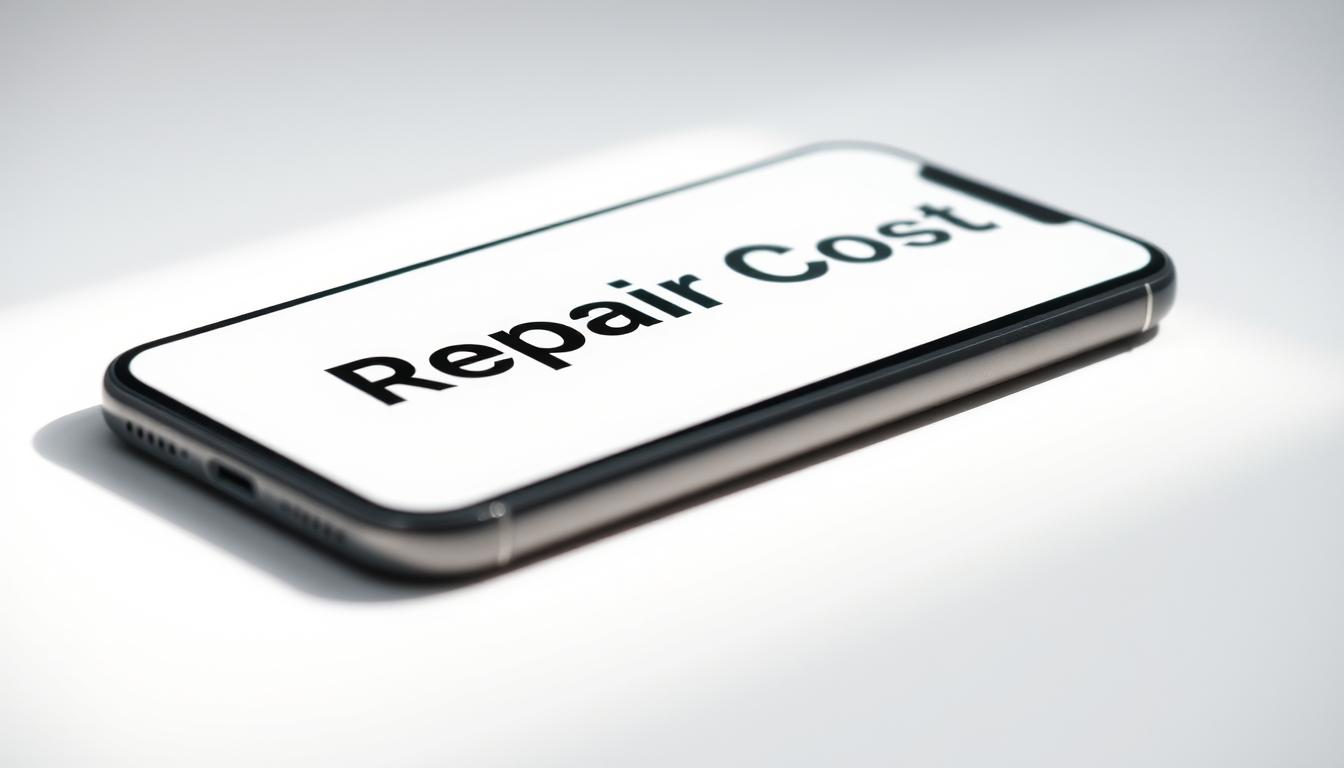Introduction
Laptop screens are a crucial component for user experience, offering the primary interface for viewing and interacting with digital content. Over time, or due to damage, some users consider replacing their existing laptop screen. This leads to the question: "Can I replace my laptop screen with a better one?" Upgrading to a higher resolution, better color accuracy, or improved refresh rate can enhance the overall user experience. This article explores the feasibility of upgrading a laptop screen, the technical considerations involved, and steps to follow for a successful replacement.Table Of Contents
- Assessing The Feasibility Of Upgrading Your Laptop Screen
- Types Of Laptop Screens And Compatibility
- Steps To Replace Your Laptop Screen With A Better One
- Frequently Asked Questions (FAQs)
- Conclusion
Assessing The Feasibility Of Upgrading Your Laptop Screen
Understanding Compatibility And Limitations
Upgrading a laptop screen is not always straightforward due to compatibility issues. The new screen must fit the physical dimensions of the laptop, match the connector type, and be supported by the laptop's hardware and firmware. Additionally, the laptop's graphics card and display interface (such as LVDS or eDP) must be capable of supporting the higher resolution or other features of the new screen.Evaluating The Benefits And Costs
Before deciding to upgrade, consider the benefits of a better screen, such as improved resolution, color accuracy, and refresh rates. However, these upgrades can be costly and may not always justify the investment, especially for older laptops. It's essential to weigh the cost of the new screen against the potential improvement in user experience and the overall value of the laptop. Readers Also Liked: Is It Better To Repair A Mac Or Buy A New One?Types Of Laptop Screens And Compatibility
LCD Vs. LED Vs. OLED Screens
Laptop screens come in various types, including LCD, LED, and OLED. LCD screens are common and offer good performance at a reasonable cost. LED screens, often considered an advanced form of LCD, provide better color accuracy and energy efficiency. OLED screens are the most advanced, offering superior color depth and contrast but at a higher cost. When considering an upgrade, it's crucial to match the new screen type with your laptop's capabilities and connector type.Resolution And Aspect Ratio
Upgrading to a higher resolution screen can provide sharper images and more screen real estate. Common upgrades include moving from HD (1366x768) to Full HD (1920x1080) or even 4K (3840x2160). However, the aspect ratio (such as 16:9 or 16:10) must remain consistent with the original screen to avoid display issues. Ensure that the laptop's graphics card can support the higher resolution without sacrificing performance.Steps To Replace Your Laptop Screen With A Better One
Preparation And Tools
- Research And Purchase: Start by researching compatible screens for your laptop model. Ensure that the new screen fits your laptop's dimensions, connector type, and power specifications. Purchase the screen from a reputable source, such as an authorized dealer or a trusted repair service like Phone Repair & More.
- Gather Tools: Necessary tools include a set of precision screwdrivers, a plastic pry tool, and an anti-static wrist strap to prevent static damage to internal components.
Screen Replacement Process
- Power Down And Unplug: Turn off the laptop, unplug it from any power source, and remove the battery if possible.
- Remove The Bezel And Screws: Use the plastic pry tool to carefully remove the bezel around the screen. Then, unscrew the mounting screws that hold the screen in place.
- Disconnect And Replace The Screen: Gently disconnect the video cable and any other connectors. Attach the new screen, ensuring all connections are secure. Reassemble the laptop by reversing the disassembly steps.













